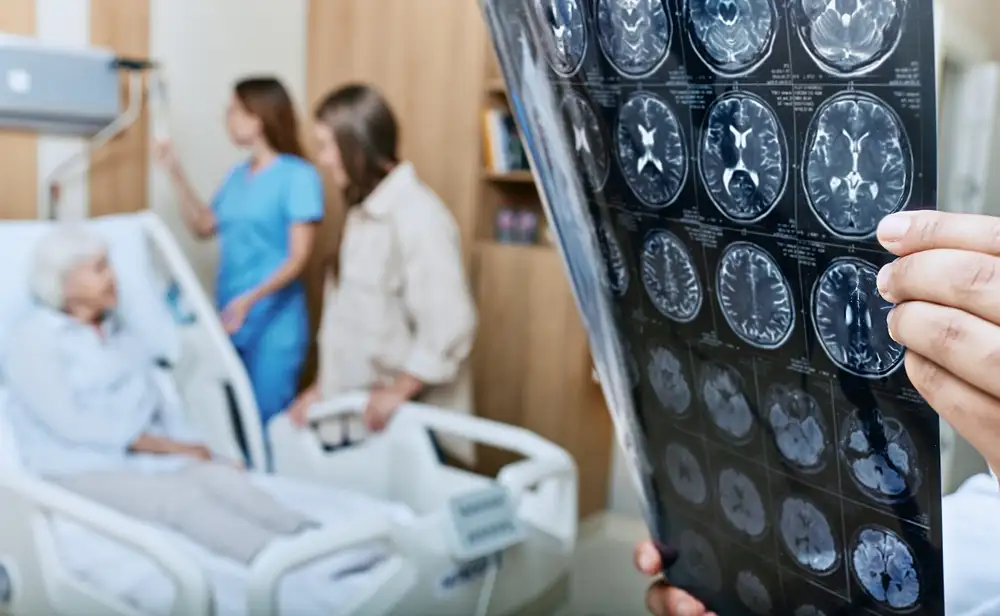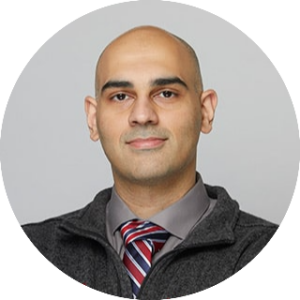Strokes often happen without warning. One moment, a loved one is laughing in the kitchen. Next, they show obvious signs of stroke. As a trusted provider of manual physical therapy, Neurodiagnostics Medical P.C. knows time is of the essence when treating stroke victims. We outlined common stroke symptoms below so that you might save a life.
What Symptoms Might Develop Before a Stroke Happens?

Stroke symptoms can manifest before the actual event occurs. You or a loved one might experience these early stroke indicators. Watch out for:
- Coordination or balance problems like dizziness or eroding spatial awareness.
- Difficulty forming or understanding common speech.
- Migraines or headaches that didn’t previously occur.
- Unusual fainting episodes.
These symptoms may develop days or weeks before the actual stroke.
Thinking FAST by Knowing the Signs of Stroke
The American Heart Association developed the F.A.S.T. method to help average people with stroke detection in others. F.A.S.T. stands for:
- Face drooping: Your loved one’s face may lose muscular control on the side where the stroke occurs. A 2020 review in Frontiers in Neurology examined two studies that found 45 to 60% of stroke cases reported facial drooping.
- Arm weakness: The arm on the same side may not respond to signals to move or raise.
- Speech difficulty: Your loved one might not understand what you are saying or be unable to effectively communicate with you.
- Time to call 911: When you notice these and any other stroke indicators, you must call first responders for immediate medical help.
There’s no doubt about it: stroke symptom recognition can save lives. The sooner onlookers notice and understand these issues, the faster they can call for help.
What Should You Do When You or Someone Nearby Shows Stroke Symptoms?
So, you’ve recognized these common stroke warning signals and called 911. What can you do in the meantime?
- Remember the time. When did you first notice the warning signs of stroke? Try to remember the time so you can tell the paramedics.
- Remain calm and present, and stay with the person. Keep an eye out for changes in how the person responds and note any new symptoms.
- Try to help them lie down in a secure, comfortable position. While you wait for emergency assistance, try to get your loved one into a comfortable lying position. Hold their head up a little to keep their airways clear.
- Monitor their pulse and breathing. Make sure they are still breathing. You can find pulse points on the throat just beneath the jaw. Begin CPR if you are trained to do so and they stop breathing.
- Stay put, and don’t encourage eating or drinking. Keep the person in this position until the paramedics arrive. Strokes can make swallowing difficult and dangerous, so do not try to give them food, water, or any other orally taken substance.
Once first responders arrive, let them take over. Report any details you remember to the doctor at the hospital.
Start Stroke Recovery with Neurodiagnostics Medical P.C.

Now that you know the signs of stroke, you can protect yourself and others. Our team at Neurodiagnostics Medical P.C. encourages you to consider common stroke risk factors. Start by exploring the connection between stroke and sleep apnea.
Book an appointment at a New York location to begin recovery. While we accept some insurance plans, coverage varies. To confirm your specific plan is accepted, please call our office or email us at info@neuroinjurycare.com to verify your coverage before scheduling your appointment.
Preguntas frecuentes
How Long Does It Take to Recover From a Stroke?
It can take three months to several years to recover from a stroke. The recovery length greatly depends on the stroke severity, the patient’s health condition, and what resources they use to facilitate their healing.
What Percentage of People Fully Recover From a Stroke?
The percentage of people who fully recover from strokes varies depending on what you mean by recovery. One study published in the American Heart Association found that up to 30% of participants cognitively recovered from stroke, while a case study from Frontiers in Neurology examined one individual’s full recovery after 12 years following stroke. Full recovery includes multiple capabilities affected by the event.
What Practices Enhance Healing Following a Stroke?
Practices that enhance healing following a stroke include consistently using and refining affected body parts, regular exercise, and therapeutic follow-through. You can also cut harmful habits like tobacco usage and alcohol consumption.
What Are Some Lesser-Known Signs of Stroke?
Some lesser-known signs of stroke include random bouts of vomiting or nausea, numbness or tingling in your extremities, and sudden vision problems when you had none before.


